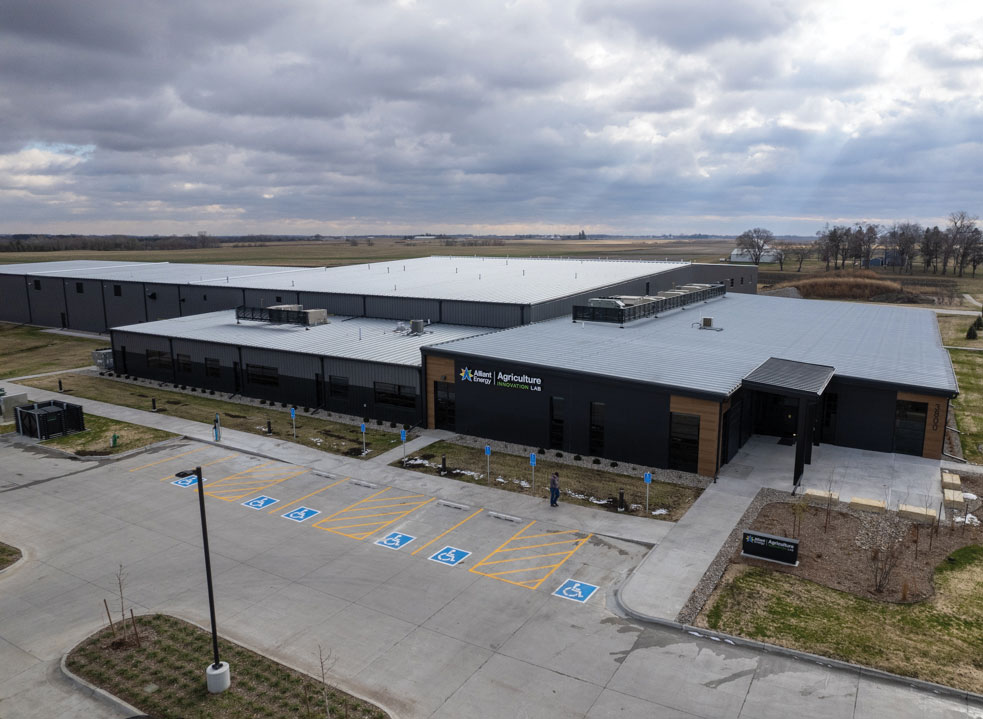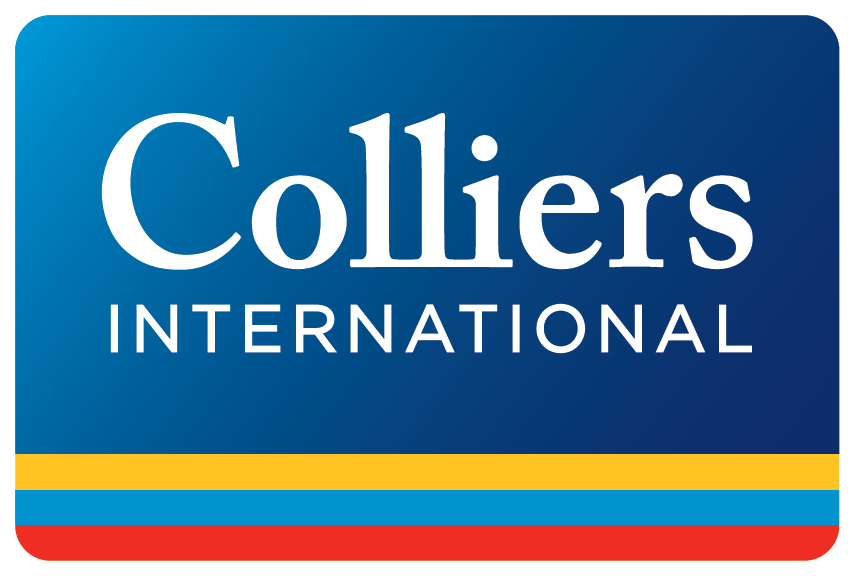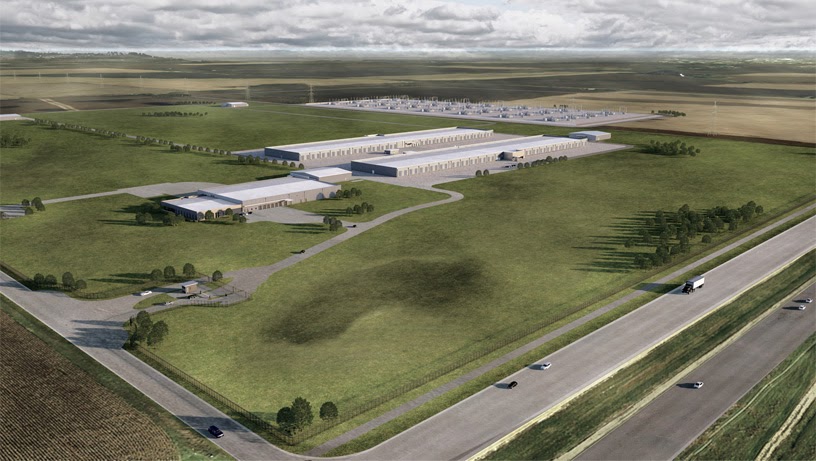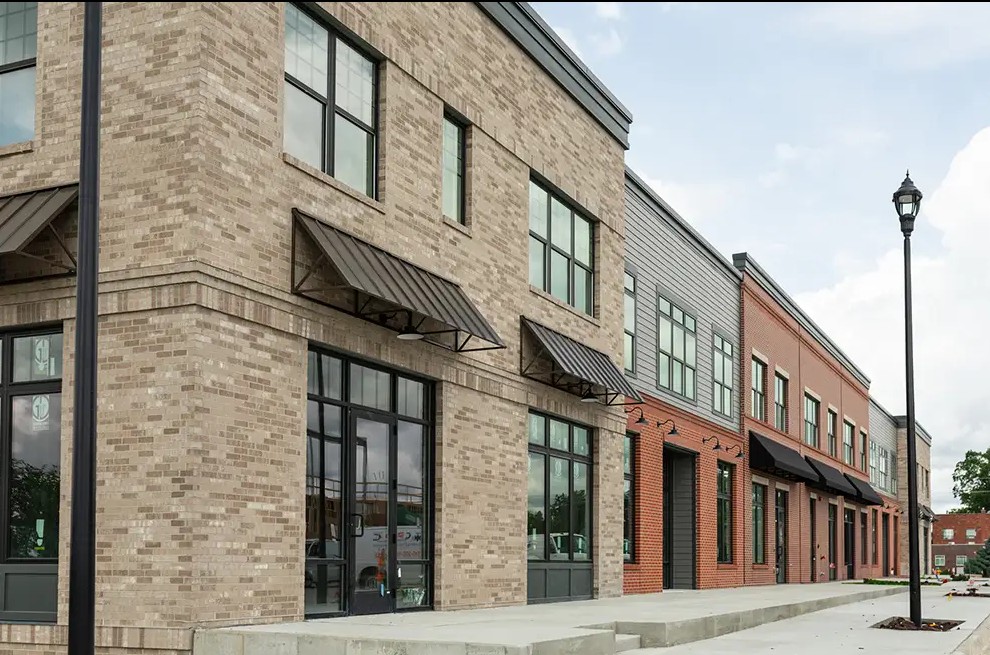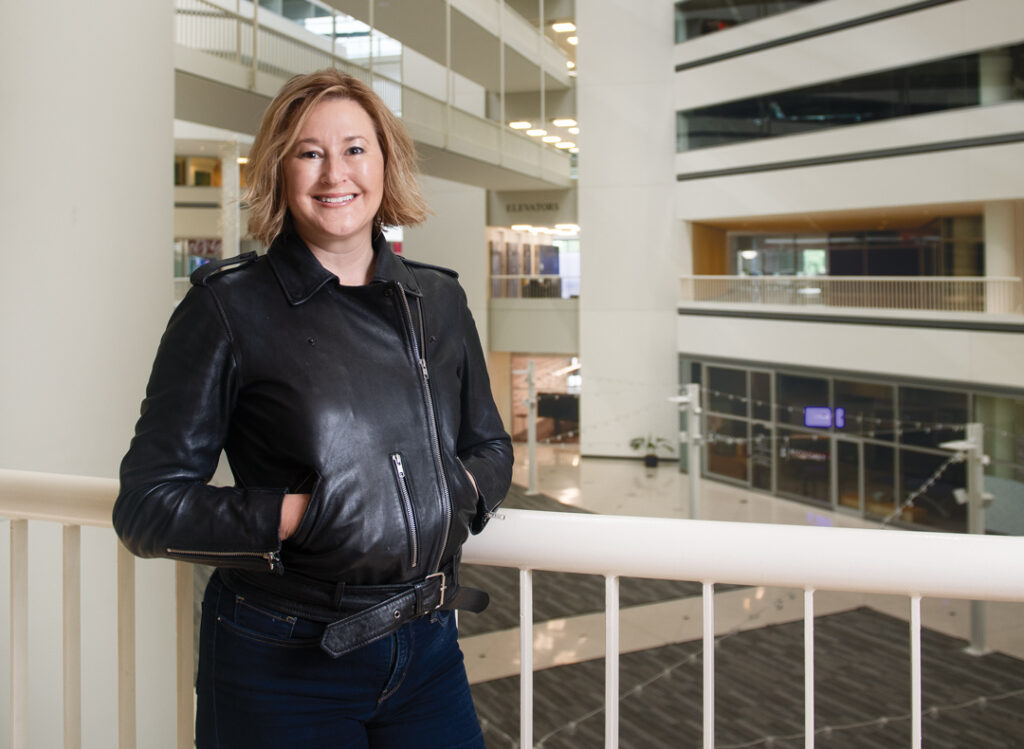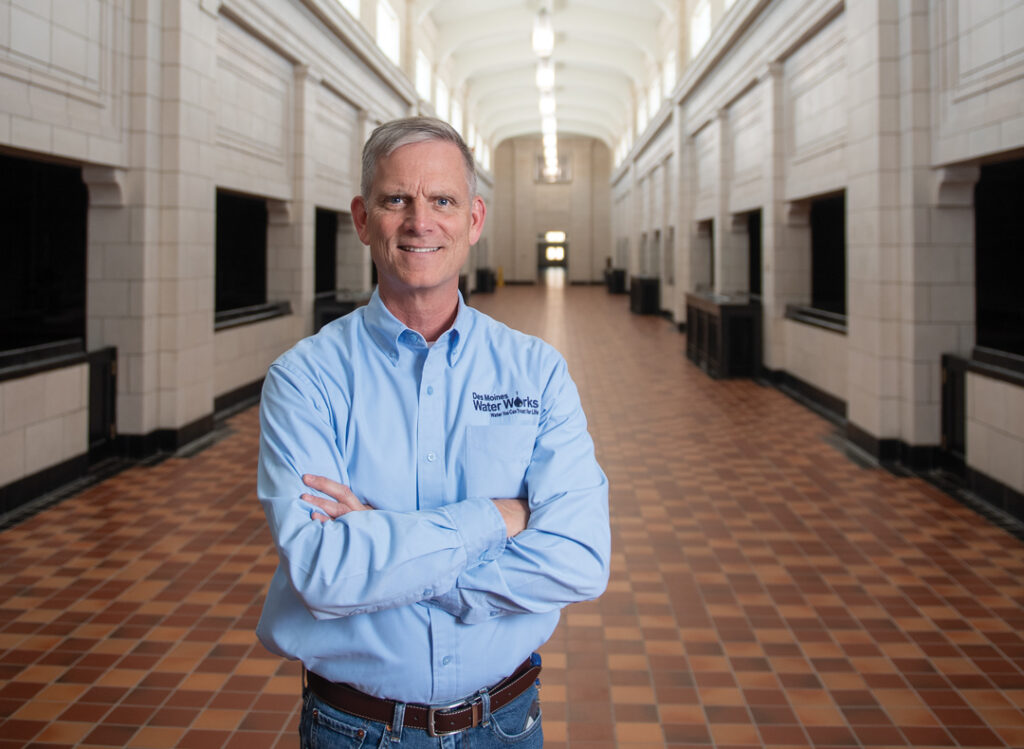A hub of innovation
Iowa State University Research Park sets sights on future growth

Michael Crumb Dec 20, 2024 | 6:00 am
8 min read time
1,946 wordsBusiness Record Insider, Innovation and Entrepreneurship, Real Estate and DevelopmentThe Iowa State University Research Park, founded in 1987 as a startup hub to commercialize university-developed intellectual property, has grown to 145 companies and around 2,500 employees.
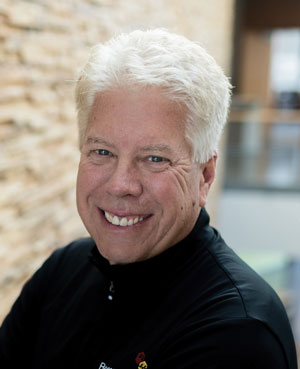
And that growth is only expected to continue, exceeding the dreams of those who were on the ground floor when ISU, the ISU Foundation, the city of Ames and Story County came together, “and said, ‘OK, we’re going to give this a shot,’” said Rick Sanders, the Research Park’s president.
Over the years, the Research Park has been home to both human and animal vaccine developers and financial reporting software makers. There are seed scientists, pet food researchers, and a company that develops technology for using human brain waves to control objects and studies the relationship of the brain activities to emotional and intellectual states.
The Research Park is also home to a nonprofit that brings together experts to provide unbiased science-based information to policymakers, the public and private sector, and a company that builds direct-to-consumer indoor farms and the first fresh salad drive-thrus.
Deere & Co., Vermeer, Kent Corp., Pella Corp., and Collins Aerospace also have a presence at the Research Park.
For those who were around at its creation, the Research Park has grown beyond their initial aspirations.
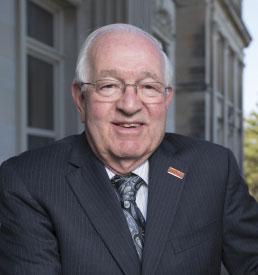
“It has exceeded my expectation in terms of rate of growth,” said Warren Madden, who retired in 2016 after a 50-year career at the university, finishing his tenure as senior vice president for business and finance. “In the startup business, venture capital people will say 1 out of 10 is a pretty good track record, where you get one big hit and several others that don’t. I think we’ve had a much better track record than that.”
Madden, who sits on the Research Park board, likens the tech innovation campus to the development of the Iowa State Center as a landmark development for the university.
“Those have been game changers,” Madden said.
Sanders, who is in his fifth year as president of the Research Park, said the concept developed from “some really forward-looking people who had maybe a scratch they couldn’t itch.”
“And that was this feeling that there were lots of things being developed, a lot of intellectual property and commercialization ideas being developed on campus that really had no pathway toward commercialization,” he said.
The Research Park was initially envisioned as a hub for startups to pull innovation happening on campus into one location to see if it could be commercialized, Sanders said.
And nearly 40 years later, Sanders said that initial mission has been realized and expanded upon as not only startups but also large companies have a presence at the more than 500-acre Research Park.
“I say it goes from Alliant Energy down to Zoetis Labs and everything in between, all shapes and sizes from the largest to one person working in a lab,” Sanders said.
New development
One of the recent developments at the Iowa State University Research Park was the opening of the Alliant Energy Agriculture Innovation Lab.

The new 86,000-square-foot building creates a hub for “service-driven innovation,” said Matt Darr, the leader of the university’s Digital Agriculture Innovation Team, which calls the new building home.
The building is located on University Boulevard on the southern edge of the Research Park on the south edge of Ames. It quadruples the space Darr’s team has to work with customers, do research and develop projects, a sizable increase from the space the team previously occupied at the university’s research farm along U.S. Highway 30 west of Ames.
“This facility provides us the space that is proportional to our ambition for how we want to serve in the future,” Darr said. “It gives us the training space to bring in the types of groups and provide them hands-on experiences that are unique and differentiated. It gives us the type of access to labs and shop space to help support Iowa companies the way we aspire to and intend to.”
The cost of the building was about $15.5 million, with Alliant Energy contributing $3 million from a strategic projects budget funded by shareholders. The balance came from the Research Park, including land.
Darr said locating in the Research Park made sense given its proximity to the university and amenities the community offers.
“We certainly could have expanded [at the BioCentury Research Farm] but there were several key points of value to getting here,” he said. “First, it’s on a bus route so in terms of student access and connectivity, this brings us closer to that. We can get students here for classes, for hands-on experiences. It’s closer to a lot of the partners we work with.”
Another new development is the construction of a new building for Strand Engineering, which is expanding in Ames following its 2022 acquisition of Fox Engineering.

Site work also began this fall on a 4.2-acre site near the Research Park’s Core facility where a mixed-use development is planned. The development will include ground-floor retail and commercial and upper-story residential.
There are also plans for an all-residential development that will border University Boulevard and be near Workiva’s parking lot. A 2-acre site will include apartments and townhomes, for a total of 25 units. There are 74 units planned for a larger 6-acre site.
It’s all part of the Research Park’s attempt to provide amenities for people who work there — and eventually those who will live there.
Medical provider McFarland Clinic, child care provider LilyPad Learning Center, and Ames Racquet and Fitness have all had a presence in the Research Park for several years.
The restaurant Provisions also is located in the Research Park.
Sanders said those businesses all draw people from across the community, not just the research park, and the planned mixed-use and housing is just the next step in the Research Park’s vision.
“I don’t think this is new. I think this is just continuing to grow the live, work, play concept here at the Research Park,” he said. “We’ve never had the live part of that.”
“I just view it as an expansion of the path the Research Park has been on for the last decade,” he said.
A tenant’s view
Sabanto Inc., the maker of software and equipment to retrofit farm tractors to be autonomous, is the third company Craig Rupp has started in the Research Park, where it leases about 5,000 square feet. It has another 5,000 square feet in Nevada, Iowa. It currently employs about 40 people.
Most of the company’s software is developed in Illinois, while the hardware, tractor integration testing, sales and support are based in Iowa.
Rupp said the Research Park is an attractive location for a small company like his.
“It’s a great option for startups,” he said. “I’m going to be adding more people in 2025 and we’re starting to sit on top of each other and I know I can go to the Research Park and say, ‘Yeah, I know I have a year lease on this but I need more space,’ and they will accommodate you.”
The Research Park is also ideal because of the synergy created by other tenants and the work they are doing.
“My neighbors are startups and we all work together,” Rupp said.
Startups at the Research Park also share information to help one another, including where to find capital and investors.
“There’s a lot of collaboration and that’s a big thing,” Rupp said. “You get to learn the trials and tribulations. If you’re a first-time entrepreneur and you start a company, there are certain things that you learn from others who have started a company.”
There is also a culture that attracts the larger companies, such as Deere and Vermeer, he said.
“There is a get stuff done no matter what it takes [culture], and that’s the startup culture,” said Rupp, who has been involved at the Research Park for more than 12 years.
He said the Research Park’s growth has led to more amenities and services for tenants, such as conference rooms where tenants can host meetings. Rupp said other amenities, like Provisions and the Fitness Center, are attractive, and nearby hotels where Research Park tenants can house potential clients.
The Research Park is also located in an area that makes it easier for companies like Sabanto to do their work and attract the employees they need, he said.
“I need software developers and field application engineers running tractors and whatnot, and I couldn’t do that in Chicago,” Rupp said. “I can’t have tractors running downtown Chicago, so what I did was I consciously decided to put my field engineers in Ames and all the hardware and some of the software is developed in Ames.”
What’s next?
The initial Research Park development began on 40 acres. The acquisition of 150 acres 18 months ago has pushed the Research Park’s footprint to 550 acres, about 220 of which has been developed.
While the entire area is not developable, it provides an opportunity for the organization to be creative about its use, Sanders said.
The university owns another 3,000 acres south of the Research Park, providing further opportunity, he said.
The university land, which is primarily used for agriculture, is “fairly contiguous” to the Research Park, and Sanders said that opens the door to conversations asking “how are we making sure that we’re using all of that for the highest and best purpose? Not that it’s not being used that way right now, but there’s a lot of components south of town here that are 50 years old and being utilized in that way. Is that the highest and best use today? We need to start to answer some of those questions.”
“If those ag uses can really be located anywhere — draw a circle around the campus, can they be located anywhere within that circle? If we think there is a market to do more than that, what are those highest and best uses and how are we moving thoughtfully in a way that frees land up?”
Sanders said another next step for the Research Park is attracting those companies that don’t already have a connection to the park.
He cited Pivot Bio as maybe the Research Park’s first example of doing that.
Pivot Bio developed a product that allows farmers to apply nitrogen in a more predictable and consistent manner, and reduces the risk of runoff by eliminating surface applications of chemical fertilizer later on.
While the product was based on work done by ISU faculty who later sold it, Pivot Bio was a Silicon Valley-based company that had a location in St. Louis but later moved to the Research Park, Sanders said.
“How are we going to draw those entities that currently don’t have a connection but frankly need a connection?” he said. “How do we offer what we need to offer to get them here? I feel like that’s the next evolution of the ISU Research Park.”
For Madden, while he doesn’t foresee the Research Park growing to the level of Silicon Valley in California or the Research Triangle in North Carolina, it will continue to expand and play a critical role in the future development of agriculture innovation and technology and serve as a place to not only develop talent coming from the university but to attract companies and talent to Iowa.
“I’m optimistic that this will continue,” Madden said. “It has exceeded my expectations.”

Michael Crumb
Michael Crumb is a senior staff writer at Business Record. He covers real estate and development and transportation.

